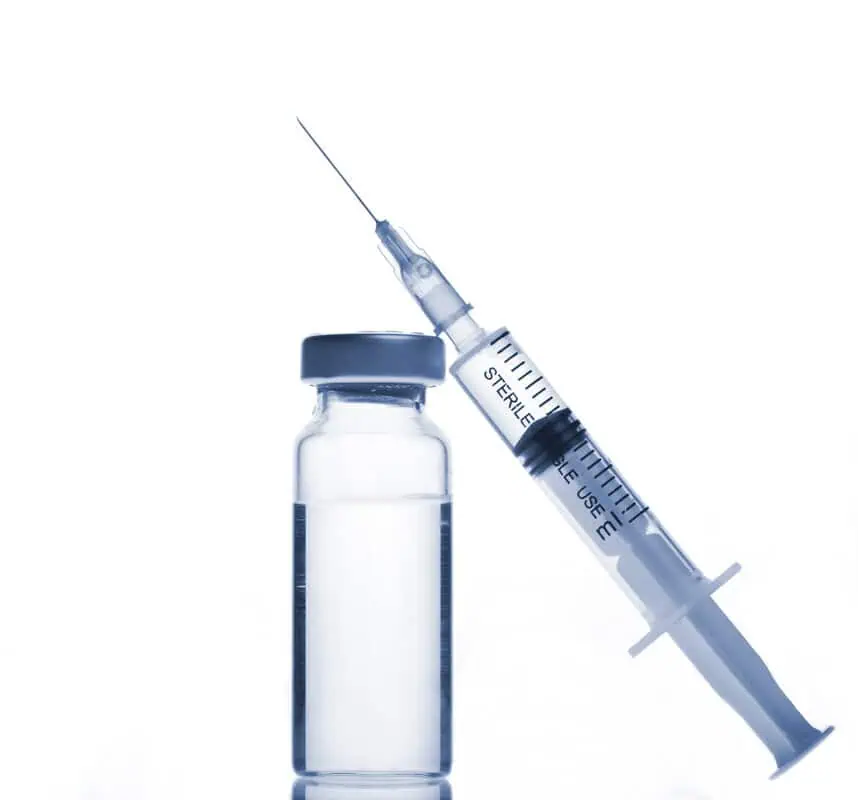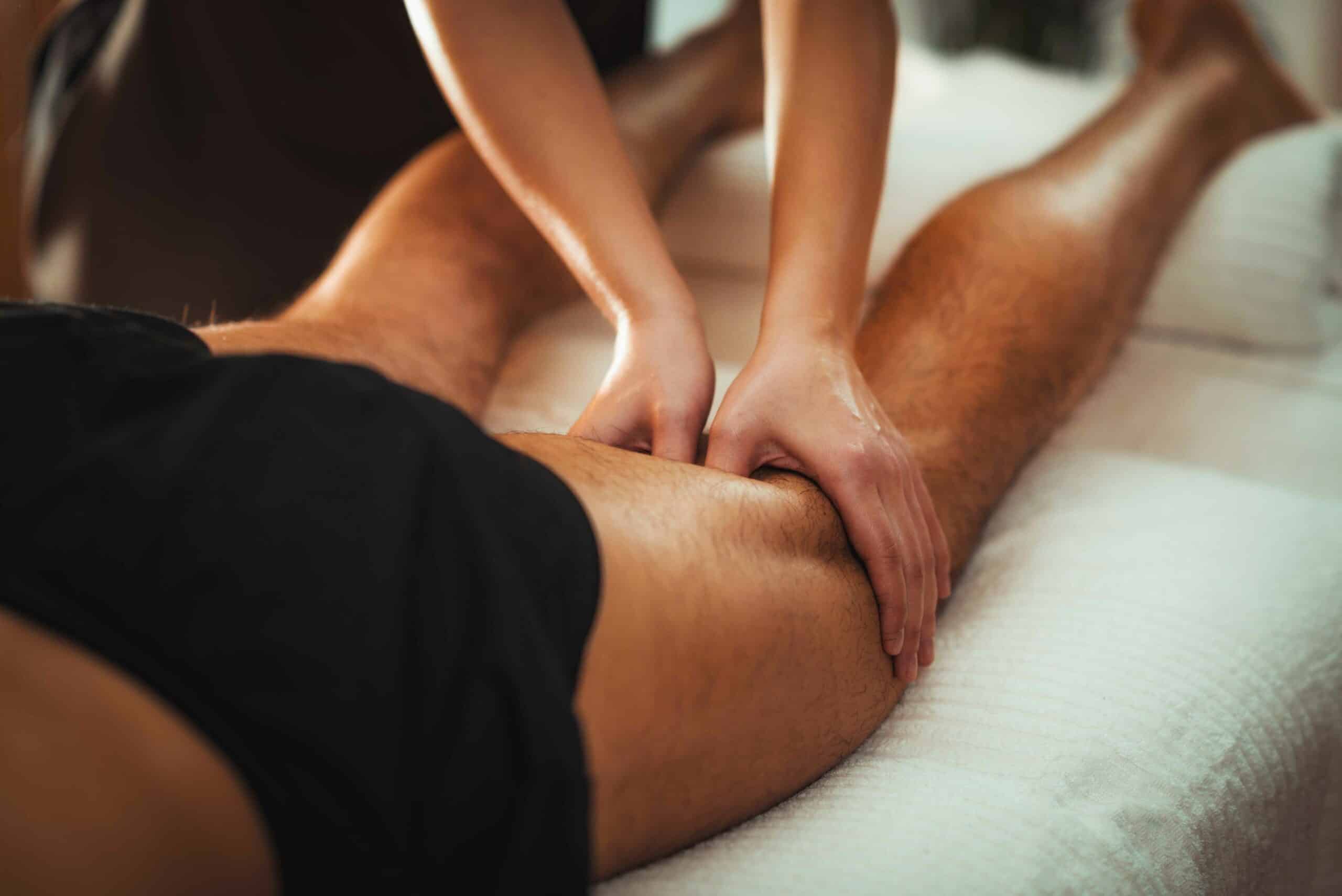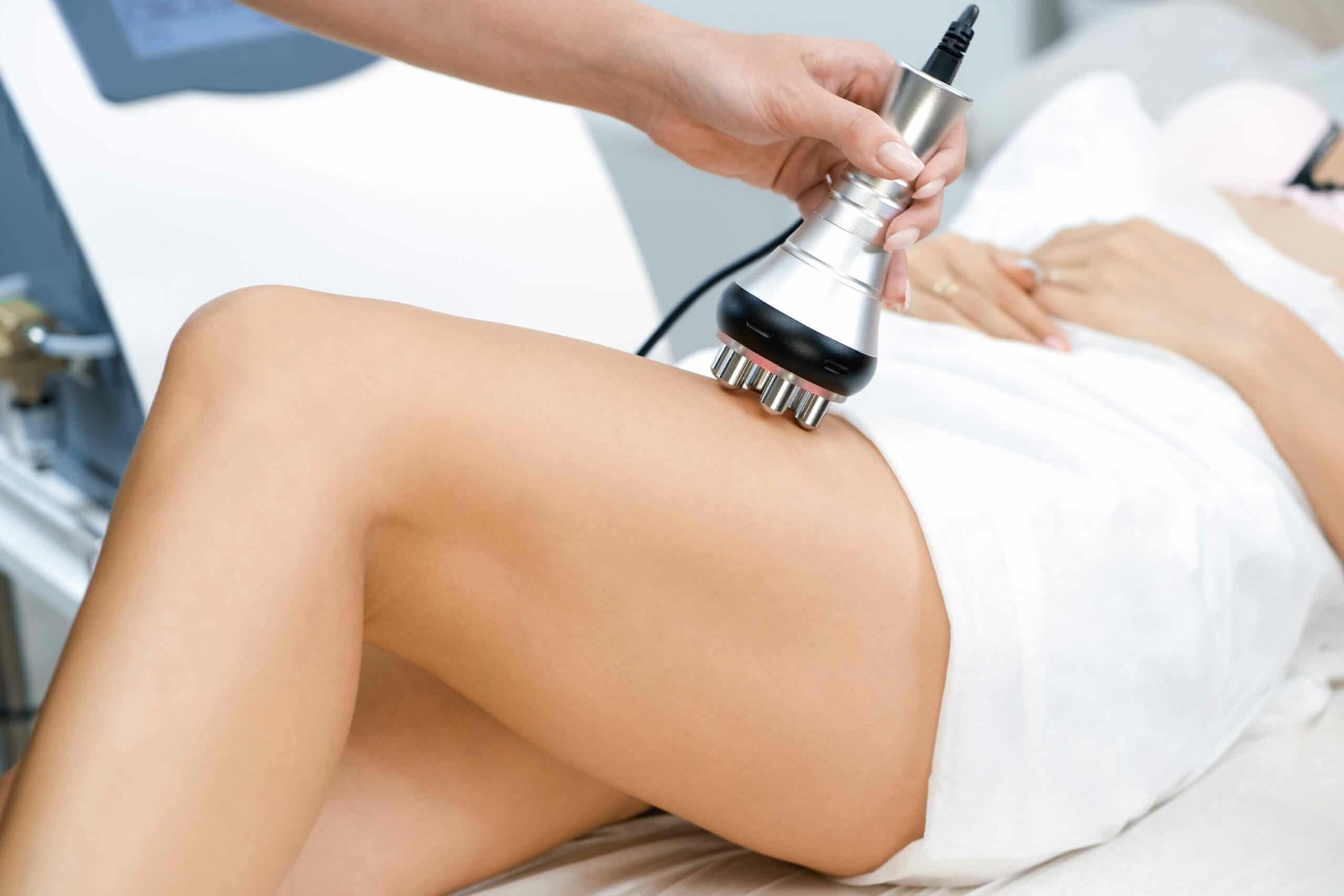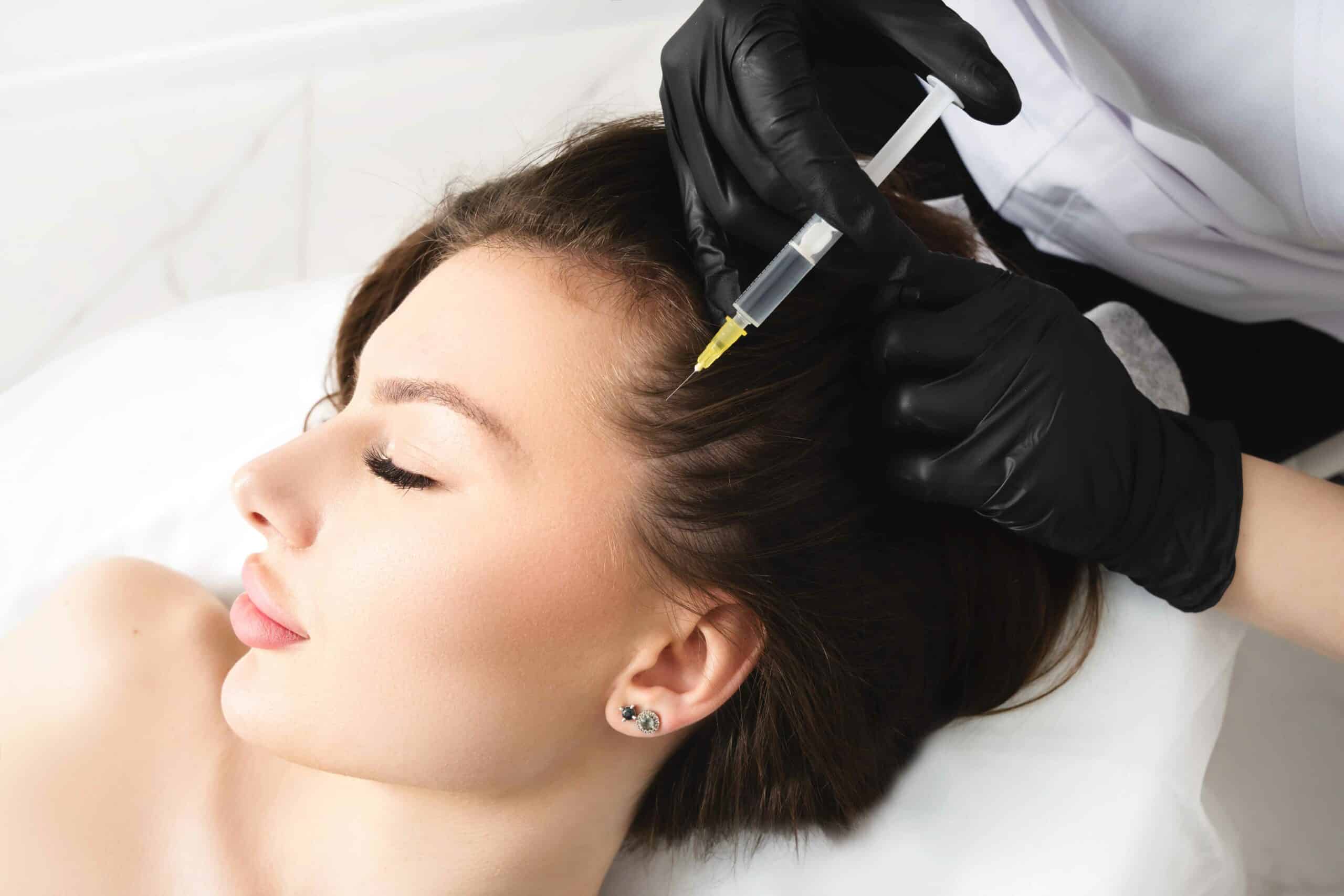

Dermaplaning is today’s safe procedure of exfoliation that removes dead skin cells, gets rid of soft facial hair that traps and accumulates dirt and oils, and promotes smooth skin. With a blunt-tipped blade used for this gentle and painless exfoliating procedure, the skin’s outer layer that accumulated dead skin cells gets removed along with what they call “peach fuzz.” This recommended treatment can become monthly or regular in your skincare routine, keeping skin smooth and glowing! But who can get “dermaplaned?” Let’s find out.
Dermaplaning is a popular skin treatment that utilizes exfoliating blades to skim unwanted dead skin cells and hair accumulated on your face. This procedure is also called microplaning or blading. This famous skin treatment aims to make the surface of your skin smooth, radiant, and younger-looking. Dermaplaning claims to effectively remove the possibilities of deep scarring that can result from acne and those uneven pockmarks on your skin. It’s also widely used in removing “peach fuzz” or those short, soft hairs sprouting on your face. Dermaplaning is possible for any skin type and works best, especially for those with:
You may notice that the tool used for dermaplaning resembles that of the razor you usually use on your body hair. The basic concept of shaving is the same as with dermaplaning. The procedure aims with a sterile blade, angled at 45 degrees, slowly dragging it across the skin of your face. This process helps remove dead cells, scar tissues, and any other debris that may have accumulated and made the surface of your skin look uneven.
Our skin gets exposed daily to the environment’s harsh toxins, irritants, and overexposure to sun damage. These factors can result in your skin’s top layer appearing dull and making you look older than your actual age. Dermaplaning helps clear away damaged skin cells, allowing newer skin cells to come through and become the ones noticeable when you look in the mirror.
Studies on the effectiveness of dermaplaning are, in reality, somewhat primarily anecdotal. Each individual gets different results, and it’s hard objectively quantify the success or failure of this skin treatment.
During a session of dermaplaning, typically, you shouldn’t feel any pain. There may be a tingling sensation during the process, but that’s normal, too.
Before your scheduled dermaplaning treatment, it is beneficial to talk with your doctor or healthcare provider about this decision. Medical history, skin type, and skin coloring are critical information you’ll need to discuss and the results you want to achieve after you undergo dermaplaning.
People with active acne flare-ups may need to reschedule their appointments to help avoid further skin irritation or tearing off the skin’s surface.
In addition, also avoid direct exposure to the sun a week before your appointment. Sun damage, like sunburns, could compromise your skin’s quality, making the treatment painful.
No downtime is needed to recover from having dermaplaning treatments. Instances of redness or the feeling of your skin scraped are expected in the next two (2) to three (3) days right after your procedure.
Immediately after undergoing the procedure, you may notice your skin looking brighter. However, it often takes a couple of days before fully appreciating its results. When any of the redness you are having subsides, you’ll start seeing results more clearly in the next following days after.
However, the results of dermaplaning aren’t that permanent. This procedure claims in clearing away up to three weeks’ worth of accumulated dead skin cells on your face. These results will have faded entirely over three (3) weeks to a month.
After undergoing dermaplaning treatment, be extra careful in exposing yourself to the sun. Damages from overexposure to the sun could significantly reverse the effects of dermaplaning or even start creating pigment blotches on your freshly uncovered skin cells. In the following weeks after your dermaplaning treatment, always remember to apply sunscreen on your face before leaving the house.
A low-risk procedure by design, dermaplaning has minor side effects that may include slight facial redness in the hours following your treatment. Others develop whiteheads on their skin after a day or two of receiving dermaplaning.
Although rare in nature, infections and scarring do occur after dermaplaning. If you develop scarring from this treatment, your doctor or healthcare provider may require the help of steroid injections in treating the scar tissue and softening it.
Another potential side effect is a patchy skin pigment in the treated area, which may lessen or eventually disappear later on.
You can purchase a dermaplaning tool and perform the procedure on your own. However, a DIY dermaplaning treatment may not be as effective as you’d like it to be, and there are some risks, too.
Anecdotally, infections, complications, and experiencing pain while doing home dermaplaning are risks higher when you do it yourself.
Exfoliating tools used for dermaplaning may be called razors, exfoliators, beauty wands, or even exfoliation systems. Use any of these suggested products and have your way of doing your dermaplaning.
Dermaplaning might be the solution you’re searching for your skin problems. Reach out, talk, and ask for advice from your doctor or healthcare provider before having this treatment. Once everything is settled, experience and enjoy the benefits you can get from dermaplaning.
Do you want to experience dermaplaning? Our awesome friends at Pam Chaney Aesthetics can help you out today. Visit them now! https://pamchaneyaesthetics.com/




